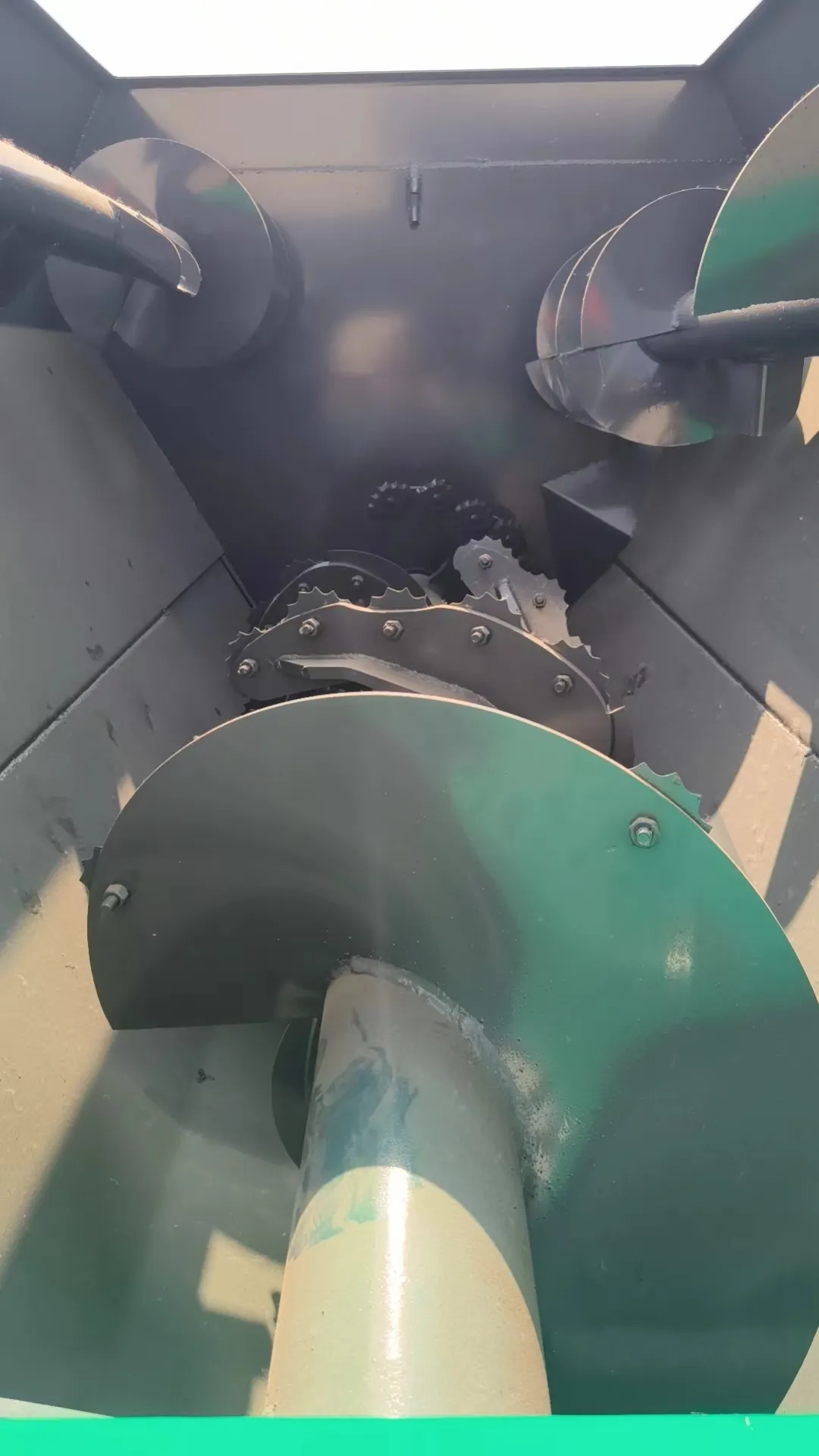Understanding Needle Felting Needles for Crafting Unique Wool Art
Understanding Needle Felting Needles A Comprehensive Guide
Needle felting is a captivating craft that transforms raw wool into intricate and beautiful designs, from cute animals to elaborate sculptures. At the heart of this art form are the needles used to manipulate the fiber. Understanding the different types of needle felting needles, their uses, and how they work can greatly enhance both beginners' and experienced crafters' skills.
What is Needle Felting?
Needle felting is a dry felting process that uses the barbed needles to tangle the fibers together, creating a felted compact material. Unlike traditional wet felting, which involves water and soap to mat down the wool fibers, needle felting relies solely on the mechanical action of the needles. The barbs on the needles catch and push the fibers, securing them in place through repeated stabbing motions, thus helping in achieving the desired shape and firmness.
Types of Needle Felting Needles
Needle felting needles come in various sizes and shapes, each designed for specific purposes. Here are some of the most common types
1. Universal Needles These are the most commonly used felting needles. They usually have a medium gauge and are great for general felting tasks. They work well for both quick felting and detailed work, making them a go-to choice for beginners.
2. Fine Needles As the name suggests, fine needles are thinner and have more barbs. They are perfect for detailed work and for sculpting finer features, such as the eyes of a character or the delicate petals of a flower. These needles require more time and patience due to their thinner construction, but they yield excellent results.
3. Coarse Needles Coarse needles are thicker and designed for rapid felting of large areas or for initial shaping of projects. They can quickly bunched up wool and create a firm base, which can then be refined using finer needles.
4. Star Needles Star needles are designed with a star-shaped cross-section, making them versatile for different tasks. The unique shape allows more fibers to be processed per stab, making them useful for both detailed work and larger areas.
5. Double Needles These needles are equipped with two points, allowing for more fibers to be interlocked simultaneously. They are excellent for quickly covering larger surfaces and speeding up the needle felting process.
needle felting needles

Choosing the Right Needle
Selecting the right needle depends on your project. For beginners, it's advisable to start with universal needles, as they are easy to handle and suitable for a variety of felting tasks. As you gain experience, experiment with fine and coarse needles to explore the differences in texture and finish. Remember to consider the type of wool you're working with too; finer fibers often require finer needles, while coarser fibers can handle thicker needles.
Safety and Technique
While needle felting is a relatively safe craft, there are important safety measures to take. Always work on a felting mat or a similar surface to protect your needles and minimize the risk of injury. A finger guard can also be a helpful tool, especially for beginners who may be more likely to prick themselves during the learning process.
Tips for Effective Needle Felting
1. Stabbing Technique Use a consistent and gentle stabbing motion, rather than stabbing aggressively. This not only helps to protect your needles from breaking but also allows for better control over the felting process.
2. Layering Start with a loose base layer for your project, and gradually build up the details. This will help in achieving the right firmness and shape.
3. Patience is Key Needle felting can be time-consuming, especially for intricate pieces. Take your time and enjoy the process of creating.
4. Frequent Cleaning Regularly clean your needles to remove any wool buildup that may affect their performance. A quick wipe with a cloth or your fingers can keep them functioning effectively.
Conclusion
Needle felting needles are essential tools for anyone interested in this enchanting craft. By understanding the different types of needles and their specific uses, crafters can enhance their needle felting skills and create stunning wool creations. Whether you’re a beginner or have years of experience, investing time in understanding your tools will undoubtedly lead to more rewarding and enjoyable projects. Happy felting!
-
What Makes Felt a Great Choice?NewsNov.19,2024
-
Total Mixed Ration (TMR) Feed for CattleNewsNov.19,2024
-
The Ultimate Guide for Felt Polishing WheelsNewsNov.19,2024
-
Industrial Felt for Various ApplicationsNewsNov.19,2024
-
Felt Makeup Bags and Inserts BagsNewsNov.19,2024
-
Choosing the Right Hotel TowelsNewsNov.19,2024
-
Your Go-To Guide For Affordable Wholesale Wool FeltsNewsOct.31,2024







